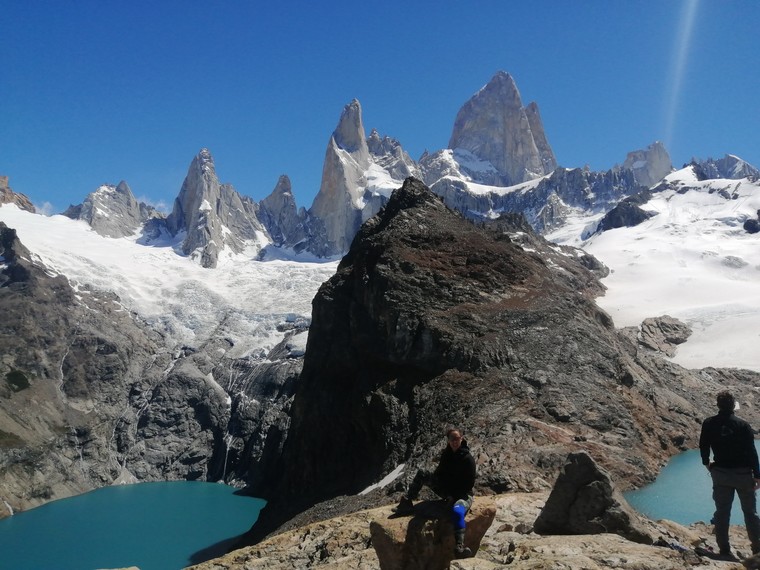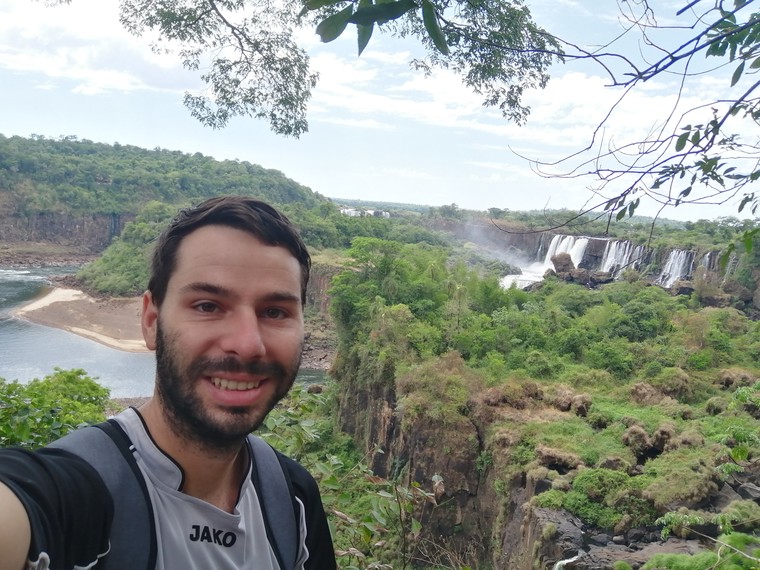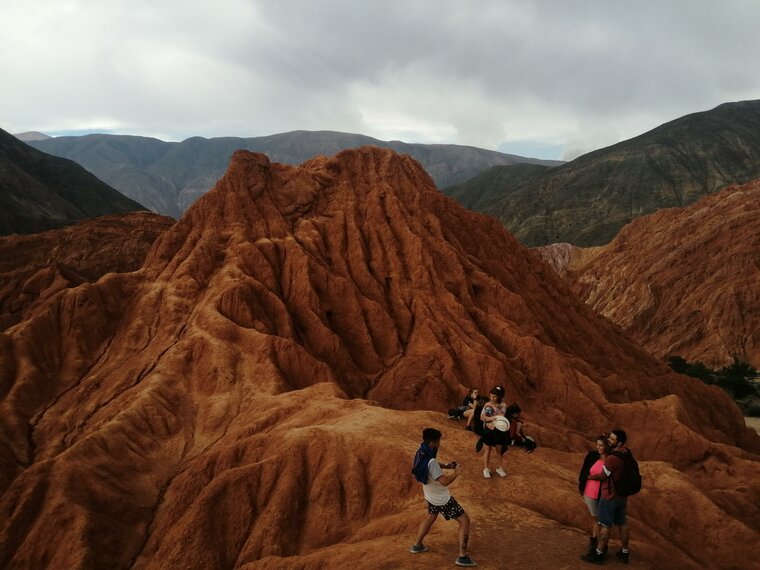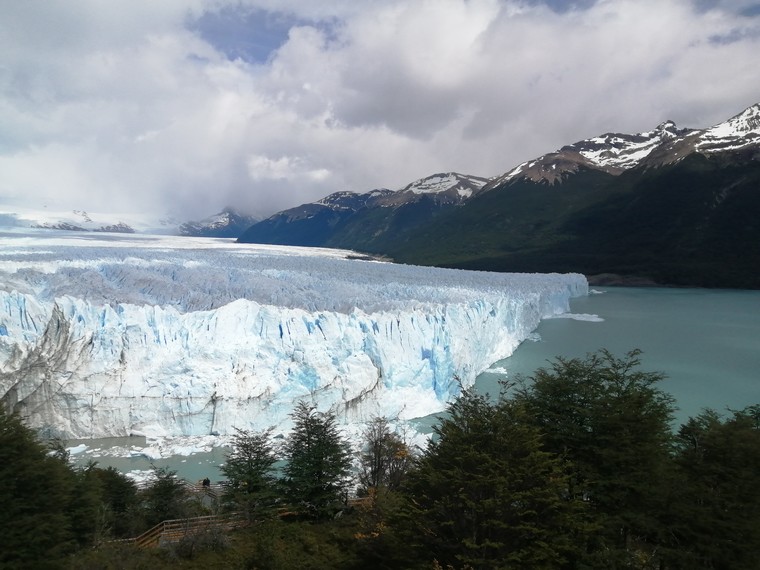
Tourguide for Argentina
Wherever you go, the first most important thing is to check the requirements for entering a country. It is especially important since COVID. Most countries offer information for their citizens. If yours doesn’t you can check the websites of the desired country.
Public Urban Transport
You will likely enter Argentina at one of the Airports in Buenos Aires. There are plenty of options to go to the city centre. Of course you can get a taxi which is quite cheap in Argentina but to use public transportation is even cheaper. It’s around 20-30 Euro Cents. I would recommend buying a SUBE card right away. This card is used in subways and buses as well, and not just in Buenos Aires but in many cities throughout Argentina. You can use the same card on the buses in Ushuaia, Bariloche, Mendoza, San Salvador de Jujuy, Mar del Plata and many more. You can check the whole list here.
Public transport lines are usually unknown for Google, but there is an application which works quite well in many cities. It’s called: Moovit. It differs in every city how much you can rely on it. In Bariloche there was a bus which never came, but in San Salvador de Jujuy buses were precise like a swiss watch.
Long distance Public Transport
Unlike urban transport, long distance travel isn’t supported by the government and of course it is resulting in higher prices. Usually every city has a huge bus terminal where all the buses are arriving to and leaving from. Several companies are offering their services and usually they have a very good standard with clean buses and big comfortable seats.
Almost every major city has an Airport as well. It is worth having a look at the prices because quite often they are the same and the distances are huge in Argentina. I had a couple of rides which were around 20 hours. There are two low budget Airlines offering services in Argentina, Flybondi and JetSmart and Aerolinias Argentinas isn’t that expensive either.
Train could be an option in some destinations but with an exception of some suburban railway lines in Buenos Aires
Money
The economy of Argentina is a bit weird. It was one of the richest countries on Earth in the early 20th century and now it is famous because the country bankrupted 9 times in history. Probably as a result of that they came up with the idea of having an Artificial exchange rate. They can only do that by restricting citizens from buying other currencies and putting extra tax when they spend money outside of the country or when they receive money in other currencies, however of course there are ways to get around these laws. One of them is changing cash illegally on the streets. There are hundreds of these illegal exchange “offices” alone in Buenos Aires. If you walk in the centre of Buenos Aires around calle Lavalle, and Florida. All you can here is: “Cambio, Cambio, Cambio, Dollar, Euro, Real”. The rate what they offer is usually the dobble of the official one. It favours foreigners, and it is a result of the desperate need of Argentinians for valutas. The other way around is Western Union. They offer even better rates than the ones on the street. It’s pretty weird because they are basically a bank, but for some reasons different rules apply to them.
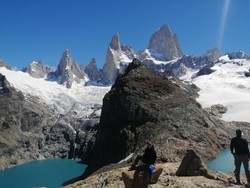
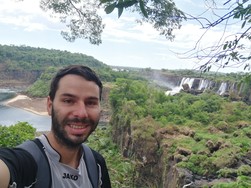

Where to go in Argentina?
I believe that it isn’t really worth it to go to Argentina from Europe for a period of less than 3 weeks. There are just too many things to see.
I would recommend either: BA->Ushuaia -> El Calafate -> El Chaltén -> El Bolsón -> San Carlos de Bariloche -> Mendoza -> Buenos Aires,
Or if you are less into hiking and more to culture: BA -> Mendoza-> Córdoba -> Tucuman -> Salta -> Jujuy -> BA.
Unfortunately Iguazu Falls is far from everything in Argentina, but you can connect it perfectly with a trip to Brazil.
One of the coolest ways to discover Argentina is to travel all the way along route 40. It’s like the Argentinian version of Route 66 in the US. Choosing this way you would start in Ushuaia, then cross Patagonia, see the Glaciers, several lakes, beautiful mountains, San Carlos de Bariloche, El Bolsón, Wine regions in Mendoza, deserts in Salta and Jujuy.
Sandor Tokesi, Tata, Hungary, 14.03.2022
